Yes, you can absolutely use red light therapy every day, especially with FDA-cleared devices like Lumara’s. Daily sessions are safe and effective when your treatment is the right dose, distance, and duration for your goal.

The key isn’t cramming in more minutes, it’s finding the right rhythm. With tools like the Illuminate Red Panel and VISO Mask, you get clinical-grade results in minutes, so you can stay consistent without overloading your skin.
Want to know when daily use works, and when it’s smarter to pause? Keep reading. We’ll help you build the routine that fits your body.
How Red Light Works With Your Body
Photo Source -> Photobiomodulation, Underlying Mechanism and Clinical Applications
Red and near-infrared light reach deep into tissue, triggering a mitochondrial response. This increases ATP production, which helps cells repair, regenerate, and reduce inflammation. But that boost depends on the dose; when the energy is too low there’s no change.
Start Slow, See More: Why Red Light Works Best With Rhythm
Even with safe, FDA-cleared devices like Lumara’s, results come from routine. It’s easy to assume more light means faster progress. But once your skin or muscles reach their optimal dose, extra exposure won’t push results further.
The Illuminate Red Panel delivers a full therapeutic dose in under five minutes, while the VISO Mask, designed for at-home skincare, takes about 15 minutes per session and is safe for daily use. Both give you the flexibility to build a rhythm that fits your body
If progress plateaus, don’t double down; step back, reassess, and refine. Red light therapy is cumulative. Let your body absorb the energy, respond, and reset.
Why Daily Use Works for Pain, Inflammation, and Recovery
Red light therapy plays a different role when used for mobility, inflammation, or deep-tissue relief. Some users report better outcomes when applying light to different zones each day. In those cases, the goal isn’t cumulative surface effect; it’s localized, rotating exposure.
This is where a flexible device like the Lumara Pad works best. It wraps around joints, quads, or the lower back and delivers targeted wavelengths (635, 830, and 940nm) that reach deeper tissue.
Used this way, daily use becomes a way to manage symptoms and speed up recovery.
Why Most Devices Fall Short And Lumara Doesn’t
On paper, many red light devices look similar. They claim 660nm wavelengths, advertise “high output,” and often throw in rainbow LEDs for flash. But most skip the specs that actually impact results, like LED spacing, irradiance, and energy dose, because they can’t compete. Widely spaced LEDs leave untreated patches, and low-output diodes can’t reach therapeutic thresholds no matter how long you sit in front of them.
What sets Lumara apart is engineering that actually delivers:
-
Illuminate Red Panel: Packs 1,800 LEDs with 6mm spacing and high irradiance to deliver 5 joules/cm² in under five minutes. Most panels take 20–30 minutes to come close, if they ever do.
-
VISO Mask: Uses the same gold-standard 660nm wavelength but in a wearable design built for 15–20 minute sessions. Unlike flimsy masks with uneven light and mystery specs, VISO delivers consistent, even coverage across the face.
Other brands cut corners, fewer LEDs, underpowered chips, wide spacing, or vague claims. Lumara’s specs are transparent, clinical, and designed around how the body actually absorbs light.
When the numbers back the design, results follow.
Biofeedback Over Math
Protocols built on user feedback outperform guesswork. Skin that looks less inflamed, joints that loosen up, or sleep that improves are better markers than chasing numbers. Most users don’t have a tool to measure energy in joules per square centimeter, but they do notice when their body feels different.
Instead of aiming for daily use as the goal, pay attention to how your body responds between sessions. If the benefits flatten or symptoms come back, it might be time to pause or adjust the plan.
Build The Routine That Matches Your Body With Lumara
Red light therapy works when the dose, distance, and timing fit your goals, not just your schedule. Daily use is safe with Lumara devices, but it’s not always necessary. The key is consistency, whether you’re targeting skin health, pain relief, or recovery.
Some users thrive with daily sessions, especially when rotating treatment zones or working on deep tissue recovery. Others get better results with 3–5 focused treatments per week, allowing the body time to respond.
What matters most is finding your rhythm. Shorter, regular sessions with a high-performance device often outperform long, inconsistent ones with the wrong setup.
Explore the Lumara lineup and build the plan that fits your lifestyle:
-
Illuminate Red Panel: Clinical power in five minutes.
-
Lumara Pad: Flexible relief for joints, muscles, and pain.
-
VISO Mask: At-home glow with professional-grade red light.
No two bodies respond the same. Start with the protocol, listen to your results, and fine-tune from there.
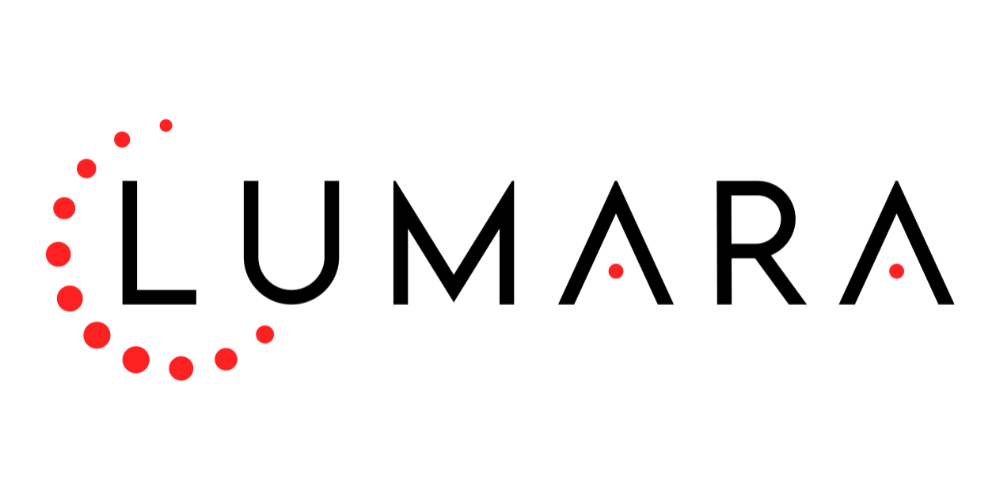
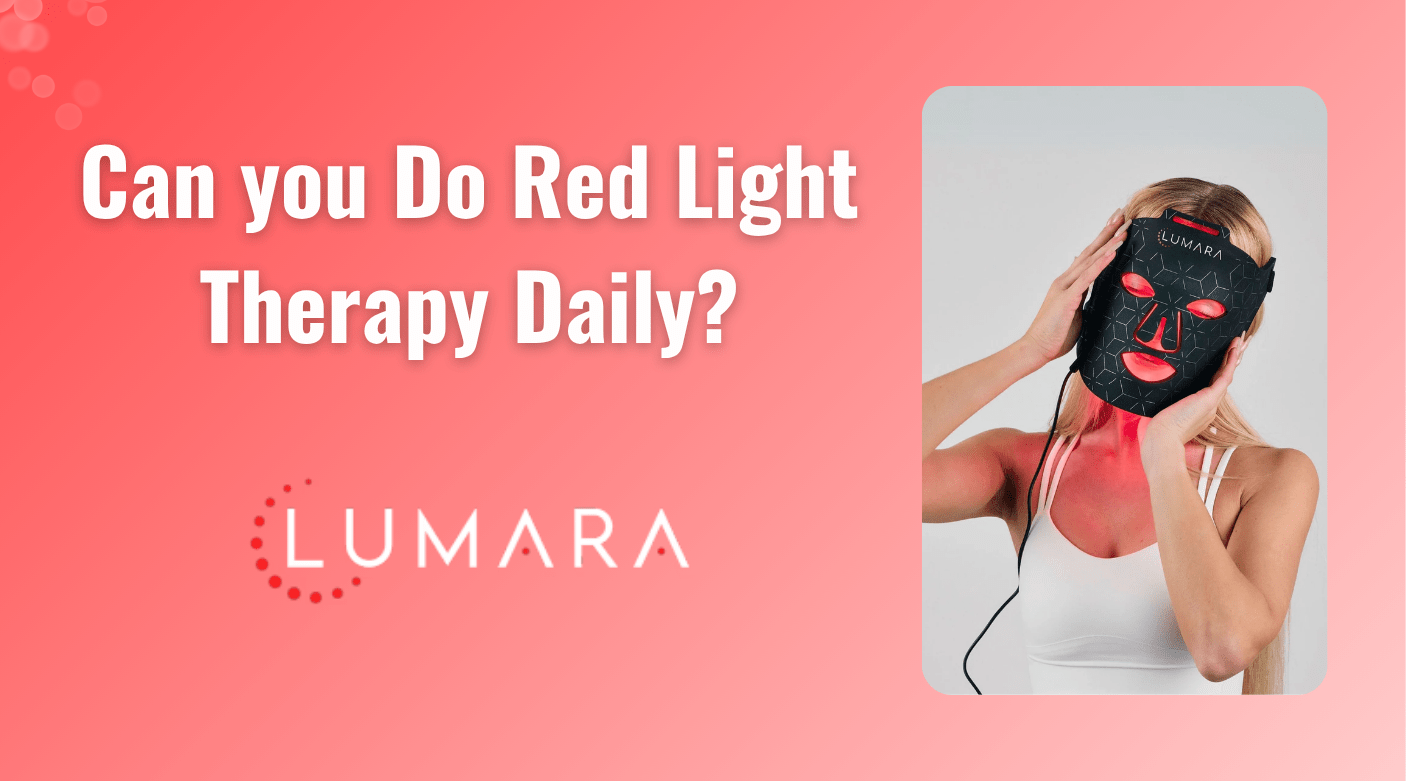
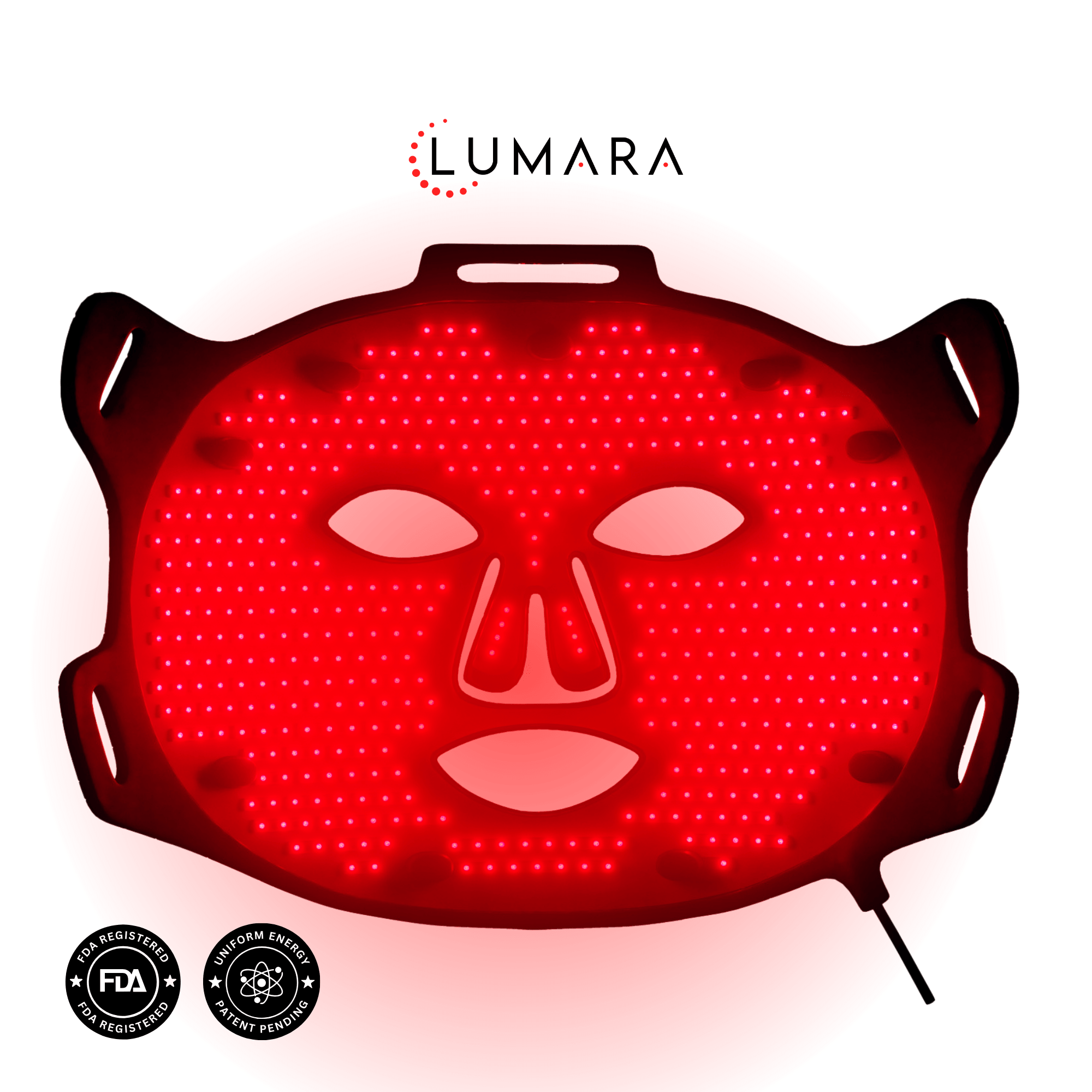

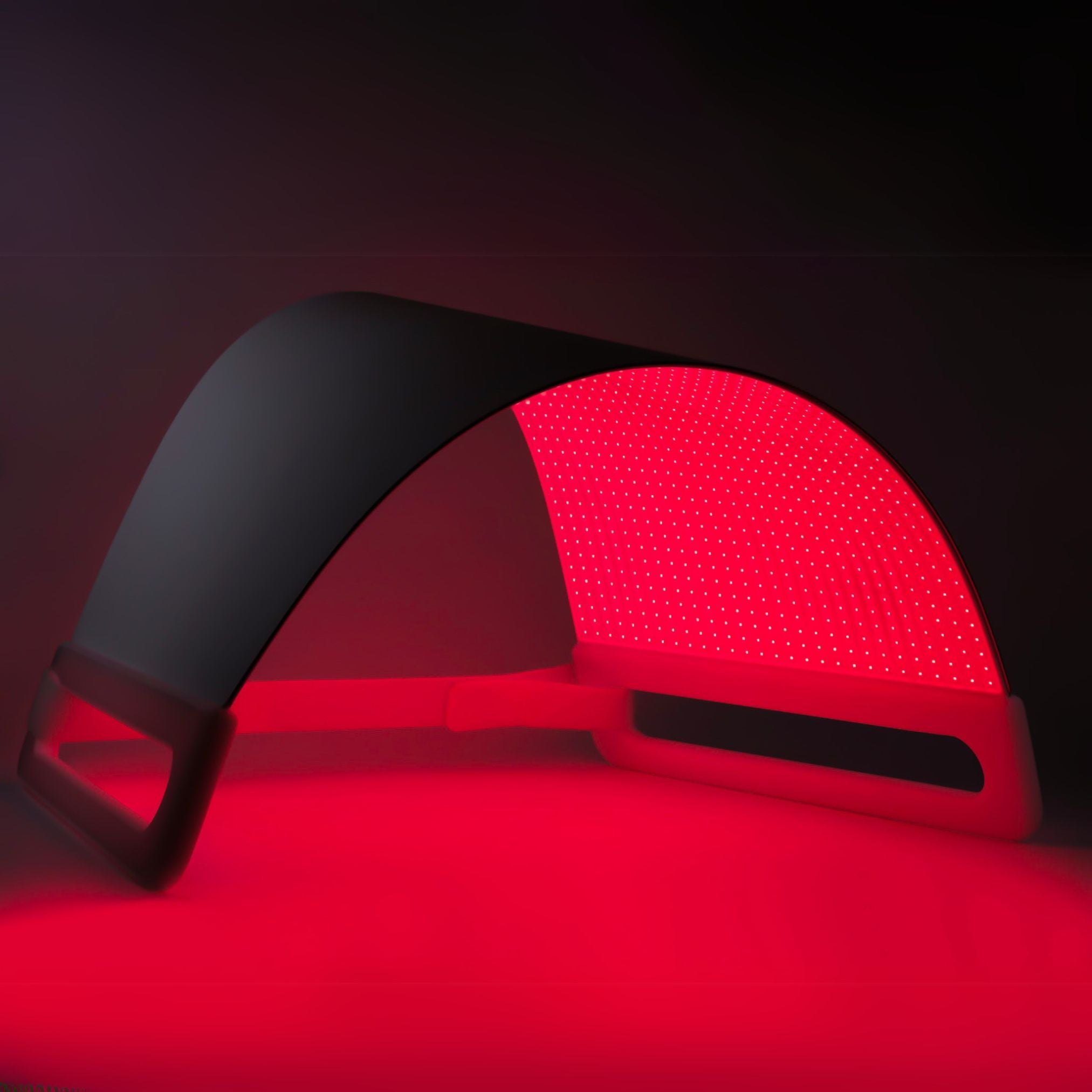
Share:
Red Light Therapy on the Stomach: Benefits You Should Know
Red Light Therapy for Dark Spots